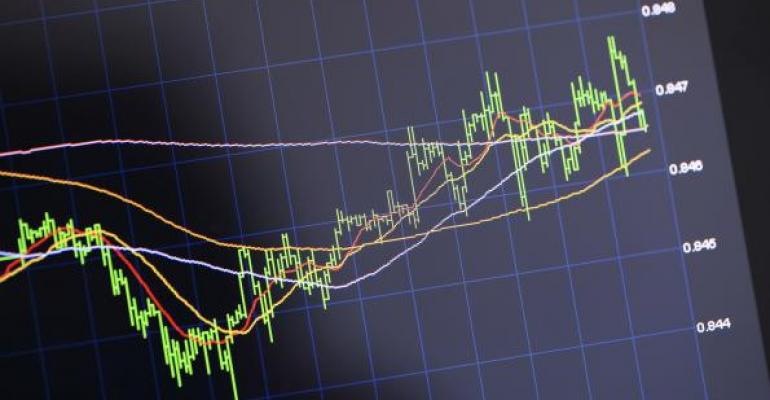Roman poet Juvenal is perhaps remembered most for his plaint about his countrymen’s declining heroism. In his satires, he wrote: “The people that once bestowed commands, consulships, legions, and all else, now meddles no more and longs eagerly for just two things—bread and circuses!”
“Bread and circuses” refers to the diet of entertainment and grain fed to the masses to keep them docile and accepting of the status quo. As a policy, the practice is naturally self-limiting. Withdrawal of the subsidy leads to a decline in plebian support.
Jump ahead 20 centuries. Our nation’s now basking in a post-tax-cut glow, the unemployment rate has fallen to 3.9 percent—a level not seen since 2000—and economic growth has been flirting with the 3 percent level over the past four quarters.
Does the bread-and-circuses metaphor apply to our present economic climate?
It’s hard to say no when I look at the consumer goods sector. Two exchange traded funds have been tracking the sector since 1998: the Consumer Discretionary Select Sector SPDR (NYSE Arca: XLY) and the Consumer Staples Select Sector SPDR (NYSE Arca: XLP).
Both XLY and XLP draw their component stocks from the S&P 500 Index. Both are market cap-weighted. That’s where their similarity ends though. XLY’s 80-plus components are dominated by internet and direct marketing outfits Amazon.com, Inc. and Netflix, Inc. but also include media companies, makers and retailers of luxury goods, leisure businesses and the like. XLP’s roster is far more pedestrian. Personal product makers such as The Proctor & Gamble Company number among its 33 constituents as well as food retailers like The Kroger Co. Simply put, XLY is made up of firms that make or market stuff you wanna to have, if you have the bucks. XLP wraps up those companies that manufacture and retail stuff you gotta have.
XLY and XLP were launched at the same time and at the same price. They’ve since scribed distinct trajectories. This intuitively makes sense. After all, we’re more likely to buy a new car or spring for a Netflix subscription—both discretionary purchases—when we feel flush but we’re always gonna buy staples like toothpaste and eggs, no matter the state of the economy. XLY tends to outperform XLP in anticipation of good times to come. XLP does better when consumers and investors pull in their horns and become defensive.
Since the top of the year, XLY has gained better than 5 percent while XLP’s slumped nearly 14 percent, continuing a year-long trend. Putting the two exchange traded funds’ prices in ratio, we get the picture below:

Notice how the XLY/XLP ratio has risen in stair-steps off the recession bottom in late 2008. The ratio gradually worked its way back to its pre-crash level in the run-up to the 2016 election. Then, the ratio took off. Vertically.
Expectations are now driving the ratio hard. There’s been hardly any opportunity for backfilling and consolidation. And that makes me worry. Verticality on the upside is more often than not followed by verticality on the downside.
Now, I don’t want to be a wet blanket, but the consumer discretionary sector seems to have been running a little too hot. And while XLY is still up for the year, it’s not at its peak. The price trend has heeled over and participation of the ETF’s components on the upside is narrowing. Only four of XLY’s top 10 constituents are actually ahead for the year.
Technically, the ratio—now at 2.11—is poised for a test of 1.87, a drop of 11 percent. If I was an investor in this sector, I’d be stashing away a few loaves of bread for rainy days ahead. And staying away from the circus.
Brad Zigler is WealthManagement’s Alternative Investments Editor. Previously, he was the head of Marketing, Research and Education for the Pacific Exchange’s (now NYSE Arca) option market and the iShares complex of exchange traded funds.





